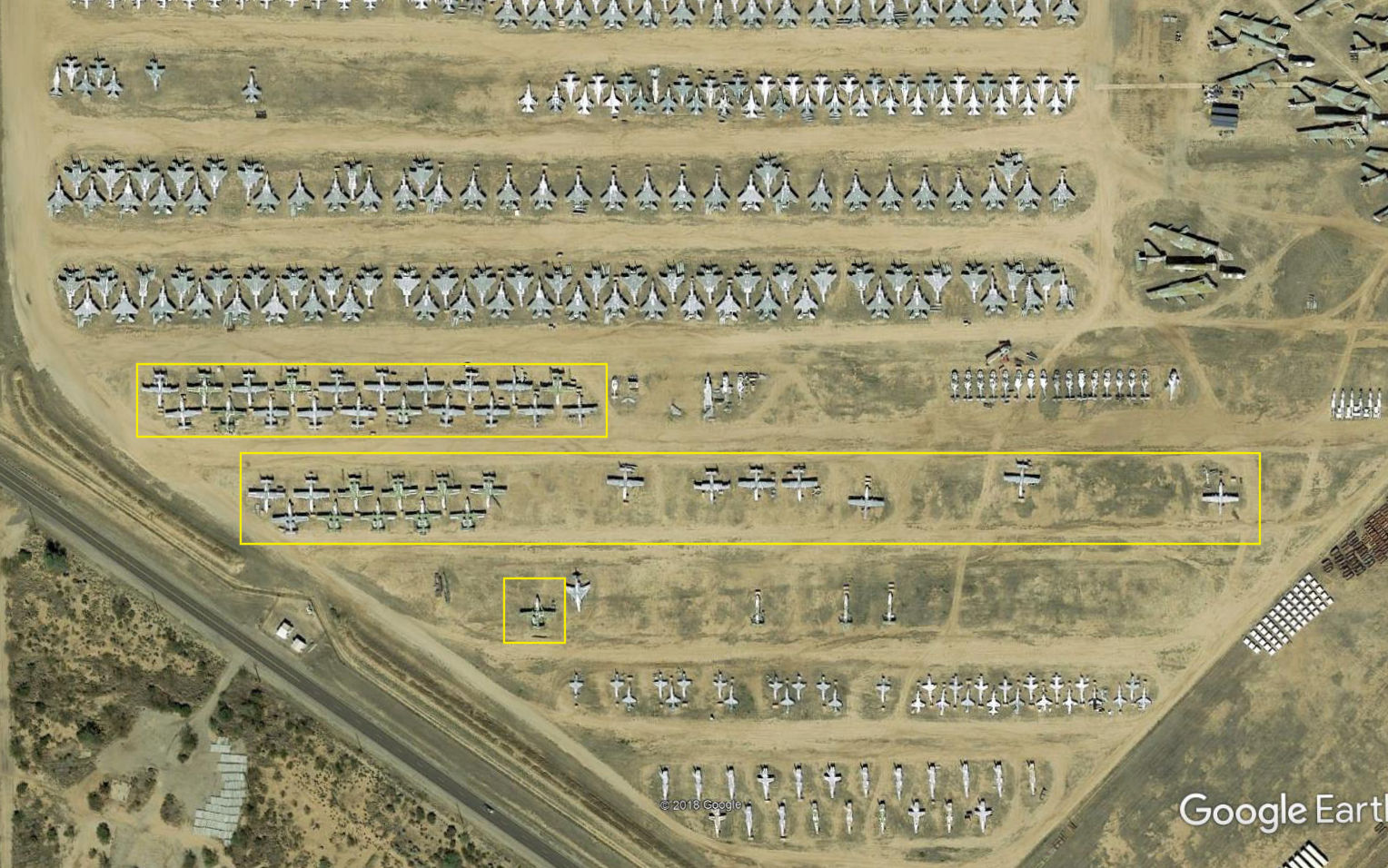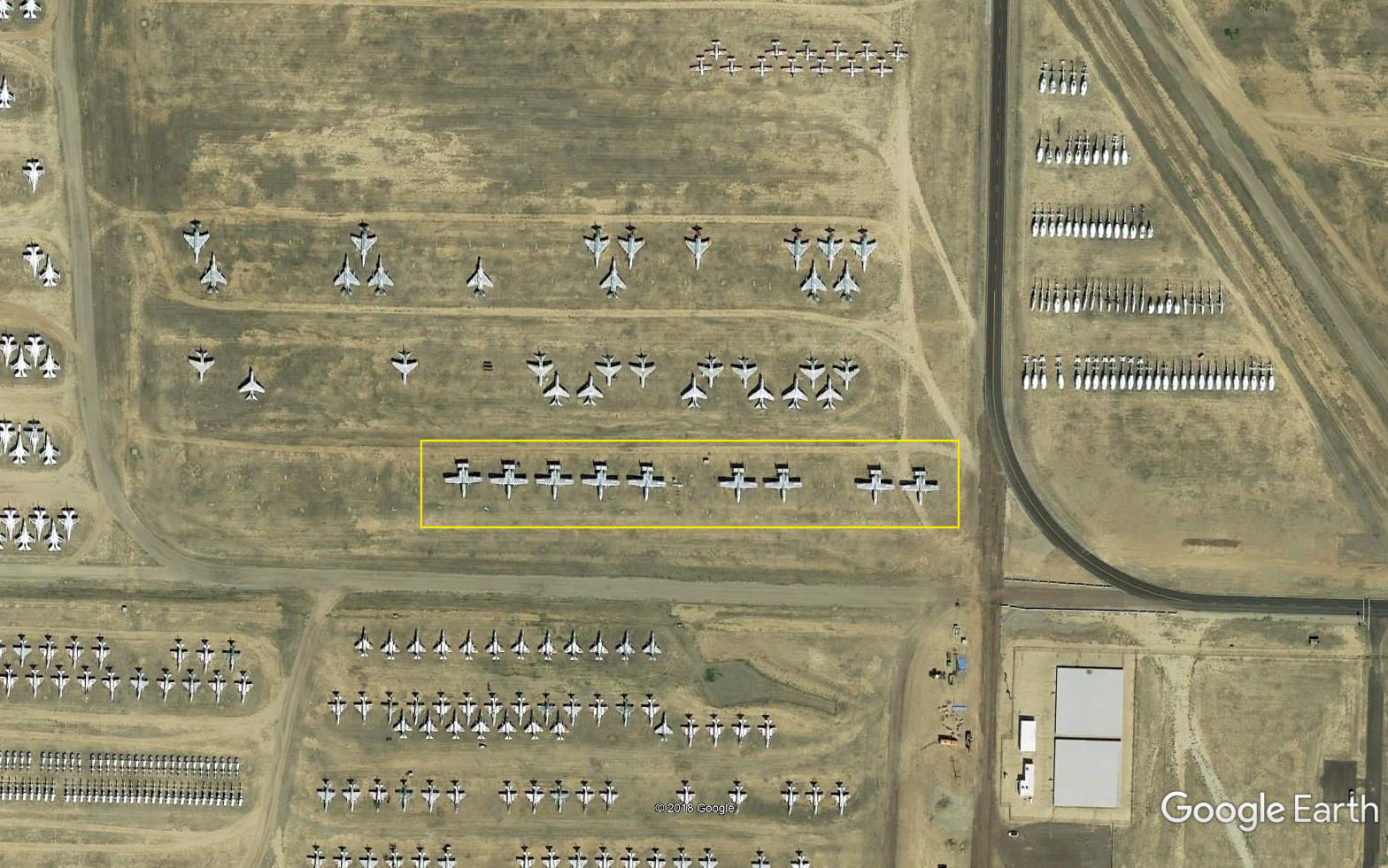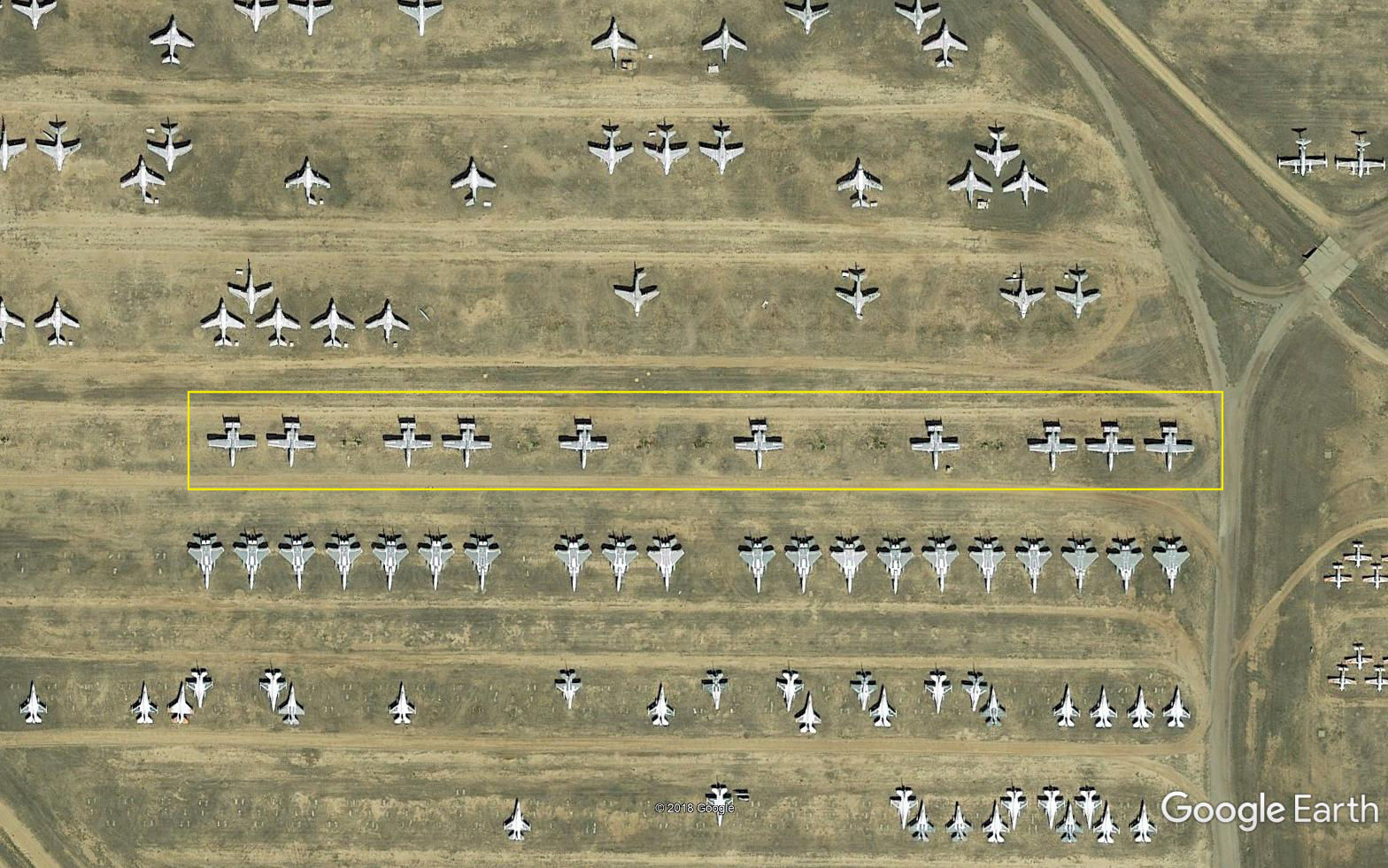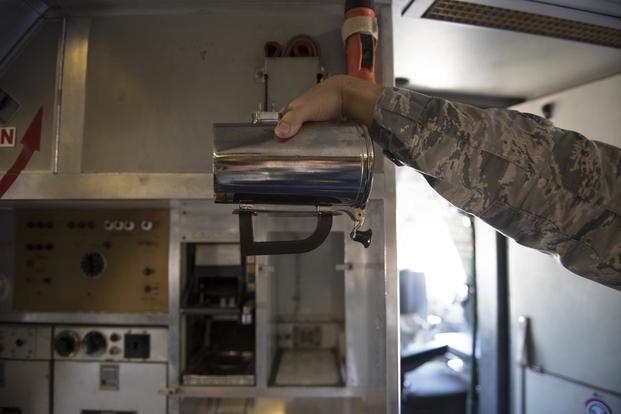Winston
Lorenzo von Matterhorn
- Joined
- Jan 31, 2009
- Messages
- 9,560
- Reaction score
- 1,748
The U.S. Air Force Is Hiding Its Controversial Flyoff Between the A-10 and F-35
The evaluation was already almost certain to provoke a passionate debate and new information suggests the service may be rigging the tests.
10 July 2018
https://www.thedrive.com/the-war-zo...ontroversial-flyoff-between-the-a-10-and-f-35
The U.S. Air Force has, without any apparent public announcement, begun a much-awaited comparative evaluation of the close air support capabilities of the F-35 Joint Strike Fighter versus the venerable A-10 Warthog. The event was already controversial before it even began and there is now evidence to suggest the service maybe be manipulating the test parameters to favor the stealthy fifth-generation fighter jet.
The Straus Military Reform Project at the Project on Government Oversight (POGO) was the first to reveal the tests have already started, according to a copy of the schedule that it got a chance to review. The evaluation began on July 5, 2018, and will last just one week, ending on July 12, 2018. Only four of those days involve actual flying. The Air Force had previously said the event would occur sometime in 2018, but did not offer a fixed timeline.
“They are staging an unpublicized, quickie test on existing training ranges, creating unrealistic scenarios that presuppose an ignorant and inert enemy force, writing ground rules for the tests that make the F-35 look good,” Dan Grazier, the Jack Shanahan Military Fellow at POGO, wrote on the organization’s blog and his analysis is worth reading in full. “And they got the new testing director, the retired Air Force general Robert Behler, to approve all of it.”
[complete description of the flyoff rules can be seen at the link above, but is not included here, and the analysis of those rules is excerpted below - there's even more at the link]
In his own analysis, Grazier noted that these test parameters give no weight to the A-10’s substantially greater endurance over the F-35, loiter time that can be essential during a close air support mission backing up troops in the middle of a battle that might last hours or even days. There is similarly no attempt to evaluate respective sortie rates, which is an important consideration "because combat doesn’t pause to wait for airplanes to become available,” as the Jack Shanahan Military Fellow wrote.
In addition, setting a 10,000-foot operational ceiling during the Yuma test day was particularly generous to the F-35, given that low cloud cover can often force aircraft to fly below 1,000 feet, an environment where the A-10 excels. There is also apparently no specific mention of highly specialized equipment to precisely gauge the accuracy of various simulated anti-aircraft threats, which Grazier warns could lead to subjective bias creeping into the post-evaluation analysis of the outcomes of all four days of evaluations.
And for unexplained reasons, neither the A-10s nor the F-35s were carrying either of their respective maximum weapon load outs in any of the events. The decision to only load the magazines for the Warthog's massive GAU-8/A Avenger cannon with less than half of the maximum number of 30mm cannon shells they can carry seems especially arbitrary.
There were also possible limits the ability of the F-35 to perform since there is no apparent comparative evaluation within the comparative evaluation that takes into account the jet in its full-stealth configuration versus the aircraft with its external weapons pylons installed. One clear possibility, which the POGO analysis notes, is that the Air Force made its decision to only load up the Joint Strike Fighters with just one 500-pound class bomb internally in order to lighten them and improve their maneuverability.
Otherwise, it would seem that the service had put the stealthy fighters at a distinct and equally artificial disadvantage when it comes to engaging multiple targets for no reason. That being said, we also don't know what the objective number of targets each type of aircraft had to hit was, or how else the evaluators assessed how well the planes "destroyed" their mock opponents, which could make this a moot point.
The test targets at Yuma themselves were another concerning element of the evaluation. There is no indication that the evaluators arranged the static and mobile vehicle type targets, or the stacked shipping containers standing in for structures, in such a way as to reflect a realistic close air support scenario. Yuma’s bombing range is relatively flat and open, which would make the mock threats easy to spot, as well.
This would all seem to be intended to help the F-35 pilots who would have to rely heavily on the aircraft's increasingly dated Electro-Optical Targeting System, which is based on technology that is now more than a decade old, to spot targets. Though the Joint Strike Fighter has the ability to fuse additional information from other sensors, such as the AN/APG-81 radar and AN/AAQ-37 Distributed Aperture System, as well as information from other aircraft, this is unlikely to be of much benefit in a close air support situation. Depending on how the test parameters take into account mock anti-aircraft defenses, this might give the F-35 an advantage by helping the jets to avoid those threats, though.
The F-35 also lacks the ability to engage moving targets when it’s not carrying one specific type of precision-guided bomb, an issue you can read about in more detail here, and doesn't have an an infrared pointer to help confirm targets with personnel on the ground. These are important tools in any close air support situation.
In contrast, A-10s can carry more recent iterations of Lockheed Martin’s Sniper Advanced Targeting Pod and Northrop Grumman’s LITENING targeting pod. It also has the onboard moving target and infrared pointer capabilities that the F-35 lacks.
The evaluation was already almost certain to provoke a passionate debate and new information suggests the service may be rigging the tests.
10 July 2018
https://www.thedrive.com/the-war-zo...ontroversial-flyoff-between-the-a-10-and-f-35
The U.S. Air Force has, without any apparent public announcement, begun a much-awaited comparative evaluation of the close air support capabilities of the F-35 Joint Strike Fighter versus the venerable A-10 Warthog. The event was already controversial before it even began and there is now evidence to suggest the service maybe be manipulating the test parameters to favor the stealthy fifth-generation fighter jet.
The Straus Military Reform Project at the Project on Government Oversight (POGO) was the first to reveal the tests have already started, according to a copy of the schedule that it got a chance to review. The evaluation began on July 5, 2018, and will last just one week, ending on July 12, 2018. Only four of those days involve actual flying. The Air Force had previously said the event would occur sometime in 2018, but did not offer a fixed timeline.
“They are staging an unpublicized, quickie test on existing training ranges, creating unrealistic scenarios that presuppose an ignorant and inert enemy force, writing ground rules for the tests that make the F-35 look good,” Dan Grazier, the Jack Shanahan Military Fellow at POGO, wrote on the organization’s blog and his analysis is worth reading in full. “And they got the new testing director, the retired Air Force general Robert Behler, to approve all of it.”
[complete description of the flyoff rules can be seen at the link above, but is not included here, and the analysis of those rules is excerpted below - there's even more at the link]
In his own analysis, Grazier noted that these test parameters give no weight to the A-10’s substantially greater endurance over the F-35, loiter time that can be essential during a close air support mission backing up troops in the middle of a battle that might last hours or even days. There is similarly no attempt to evaluate respective sortie rates, which is an important consideration "because combat doesn’t pause to wait for airplanes to become available,” as the Jack Shanahan Military Fellow wrote.
In addition, setting a 10,000-foot operational ceiling during the Yuma test day was particularly generous to the F-35, given that low cloud cover can often force aircraft to fly below 1,000 feet, an environment where the A-10 excels. There is also apparently no specific mention of highly specialized equipment to precisely gauge the accuracy of various simulated anti-aircraft threats, which Grazier warns could lead to subjective bias creeping into the post-evaluation analysis of the outcomes of all four days of evaluations.
And for unexplained reasons, neither the A-10s nor the F-35s were carrying either of their respective maximum weapon load outs in any of the events. The decision to only load the magazines for the Warthog's massive GAU-8/A Avenger cannon with less than half of the maximum number of 30mm cannon shells they can carry seems especially arbitrary.
There were also possible limits the ability of the F-35 to perform since there is no apparent comparative evaluation within the comparative evaluation that takes into account the jet in its full-stealth configuration versus the aircraft with its external weapons pylons installed. One clear possibility, which the POGO analysis notes, is that the Air Force made its decision to only load up the Joint Strike Fighters with just one 500-pound class bomb internally in order to lighten them and improve their maneuverability.
Otherwise, it would seem that the service had put the stealthy fighters at a distinct and equally artificial disadvantage when it comes to engaging multiple targets for no reason. That being said, we also don't know what the objective number of targets each type of aircraft had to hit was, or how else the evaluators assessed how well the planes "destroyed" their mock opponents, which could make this a moot point.
The test targets at Yuma themselves were another concerning element of the evaluation. There is no indication that the evaluators arranged the static and mobile vehicle type targets, or the stacked shipping containers standing in for structures, in such a way as to reflect a realistic close air support scenario. Yuma’s bombing range is relatively flat and open, which would make the mock threats easy to spot, as well.
This would all seem to be intended to help the F-35 pilots who would have to rely heavily on the aircraft's increasingly dated Electro-Optical Targeting System, which is based on technology that is now more than a decade old, to spot targets. Though the Joint Strike Fighter has the ability to fuse additional information from other sensors, such as the AN/APG-81 radar and AN/AAQ-37 Distributed Aperture System, as well as information from other aircraft, this is unlikely to be of much benefit in a close air support situation. Depending on how the test parameters take into account mock anti-aircraft defenses, this might give the F-35 an advantage by helping the jets to avoid those threats, though.
The F-35 also lacks the ability to engage moving targets when it’s not carrying one specific type of precision-guided bomb, an issue you can read about in more detail here, and doesn't have an an infrared pointer to help confirm targets with personnel on the ground. These are important tools in any close air support situation.
In contrast, A-10s can carry more recent iterations of Lockheed Martin’s Sniper Advanced Targeting Pod and Northrop Grumman’s LITENING targeting pod. It also has the onboard moving target and infrared pointer capabilities that the F-35 lacks.








